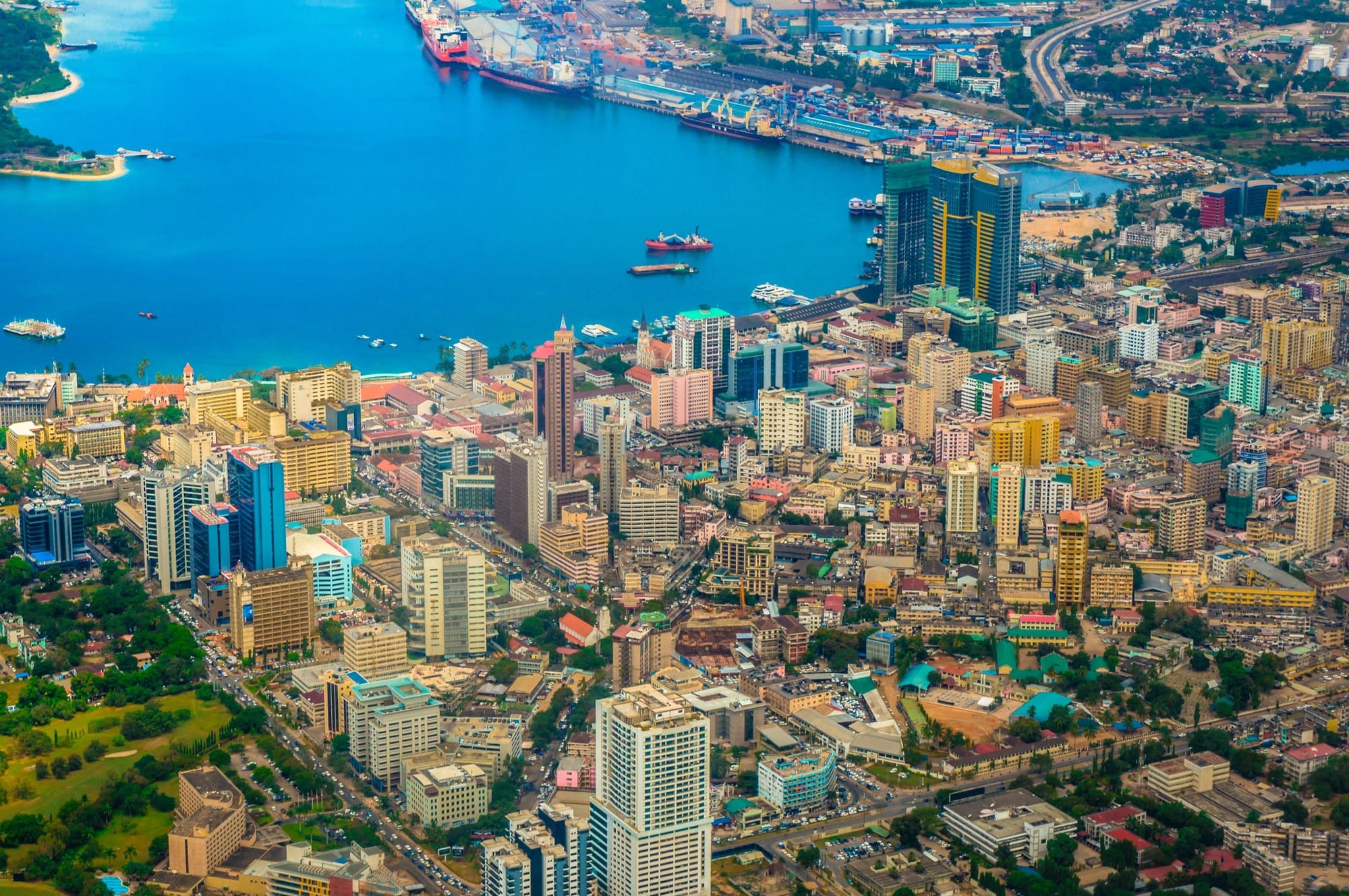
The population of Tanzania: A colorful mosaic of culture and tradition
Tanzania, situated on the east coast of Africa, harbors a population as diverse as its enchanting landscapes. With a rich mix of ethnic groups, languages, and traditions, Tanzania offers a fascinating glimpse into human diversity in this part of the world.
Ethnic groups: a palette of diversity
Tanzania is home to over 120 ethnic groups, with the largest being the Sukuma, Chaga, Haya, Nyamwezi, and the iconic Maasai people. Each ethnic group contributes to the cultural mosaic of the country, bringing forth unique traditions, clothing, and arts.
Language diversity: from Swahili to local languages
Swahili, the national language, serves as the lingua franca that connects different ethnic groups. English and Swahili are used in education and administration. In addition to these languages, many Tanzanians speak their own local languages, adding to the linguistic diversity in the country.
Religious harmony: unity in diversity
Tanzania is known for its religious tolerance. The majority of the population practices Christianity, Islam, or an indigenous form of spirituality. This religious diversity fosters an atmosphere of harmony and mutual respect.
Urban versus rural population: balancing modernity and tradition
The population of Tanzania is divided between urban and rural areas. While cities like Dar es Salaam and Arusha are vibrant centers of trade and culture, rural areas often retain their traditional ways of life, relying on agriculture and livestock.
Young population: a promise for the future
With a significant young population, with the majority under 25 years old, the youth represent the future of Tanzania. Education and employment are crucial focus areas to support the growing youth population and promote national development.
Challenges and opportunities: population growth and sustainability
Tanzania faces challenges related to population growth and sustainability. As the population continues to grow, so does the pressure on natural resources and facilities. Sustainability efforts focus on balanced development to support both the population and the environment.
Culture as proud heritage: preservation and appreciation
Tanzanians place high value on their cultural heritage. Traditional dances, arts, and crafts are cherished expressions of pride and identity. National festivals and events celebrate this cultural diversity, bringing people together.
Conclusion: a vibrant and diverse nation
The population of Tanzania reflects a vibrant and diverse nation, rooted in ancient traditions and shaped by a rich history. The variety of ethnic groups, languages, and ways of life contribute to the unique charm of Tanzania, making it a country that intrigues and inspires.